Cooking a steak isn’t difficult at all. What does make it difficult is when someone tries to do it without having a clue on what to do. Lucky for you, we here at Parallel Passion have condensed the basics of steak cooking for your next dinner at home. Photos by: Jerel Fajardo
MATERIALS
Contrary to what many may think, there are only a few things that one will need to cook a really good steak. Of course you will need tongs that help you move the steak with precision and a spoon that will be used for basting, but if there are 2 things that can elevate your steak cooking skills, they are a meat thermometer and a good pan.
Meat thermometers are relatively inexpensive and they come in so many shapes and sizes. What it allows you to do is to cook the steaks with precision by showing you the inside temperature of the meat you are cooking, making sure you don’t overcook or undercook the steaks. Whether you it’s your 1st time or you’ve been cooking steaks for a while, a meat thermometer can help you end up with the perfect steak.
What makes a good pan for cooking steak is when it can retain heat really well and if it avoids sticking with the meat. One might think that a ceramic or a Teflon coated pan is what is being described since they are very non-stick, but they don’t retain heat so well. Yes, these pans get hot very easily and distribute heat pretty evenly, but throwing a big piece of meat will certainly make it drop in temperature. Not saying you can’t use these pans to cook a good steak, but if you want to get the best results, it would be with a cast-iron pan.
Cast-iron pans are literally 1 piece of iron. It is because of this that not only can it last several lifetimes, but it can retain heat very well and it is non-stick if you season the pan right. Unlike modern pans that heat up in a minute, cast-iron pans will need around 10 minutes to reach its desired temperature. But once you pre-heat the cast-iron pan, even the biggest meat will not alter the working temperature, making it ideal to cook steaks with.

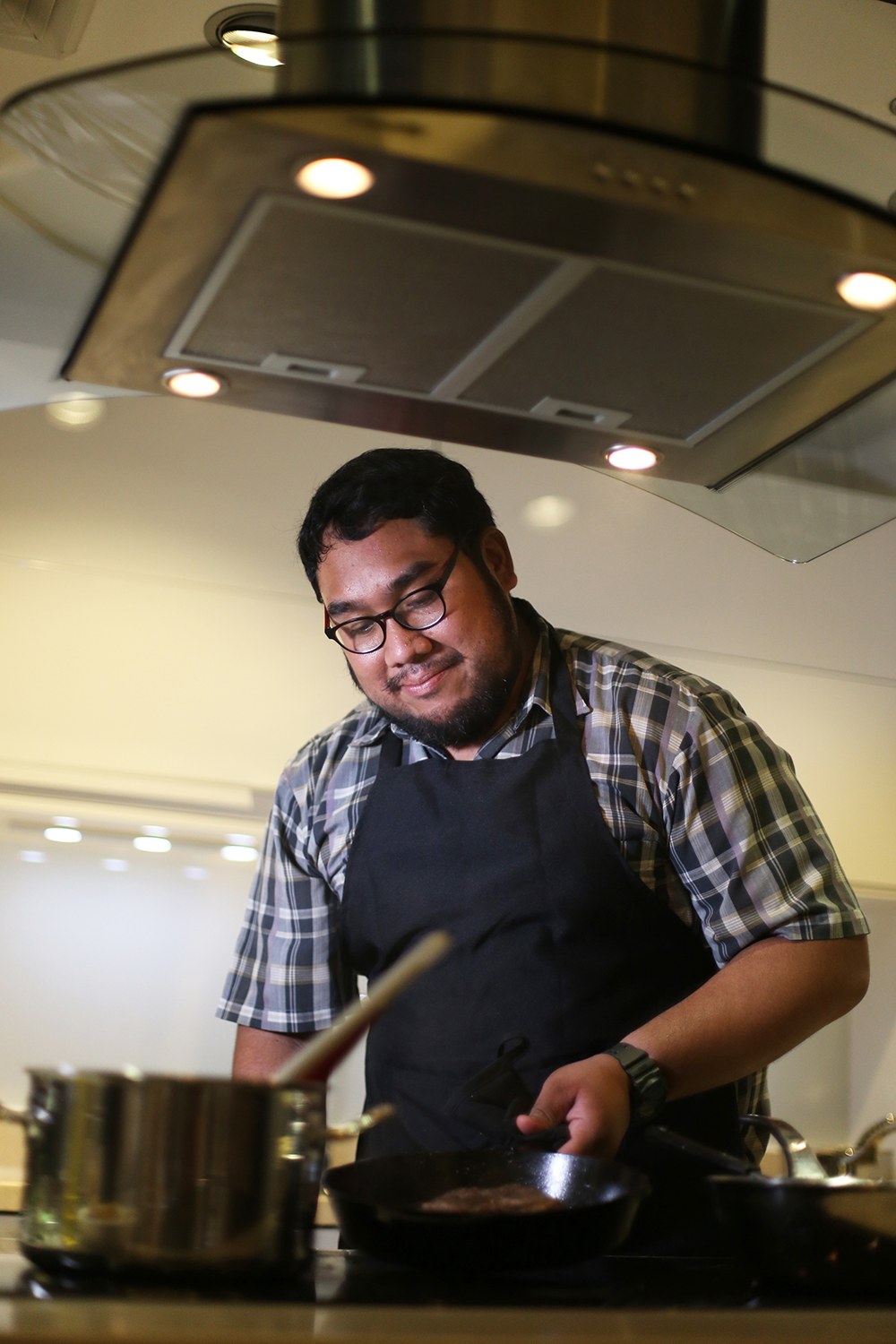
INGREDIENTS
Selecting a really good piece of meat does make a huge difference in the steak eating experience. The two samples we have here are a USDA Prime rib eye and a local rib eye steak (which might be equivalent to a USDA Select). Clearly, the USDA Prime steak has more marbling, making it more flavorful and juicy compared to other meats. This doesn’t mean though that you can’t enjoy a good steak with local meat either. If cooked right, you can make the margins between the two steaks really thin. It boils down to cooking them right. On that note, having meat between 1 to 2 inches is the best thickness to cook with.
Aside from the meat, you will need the following: rock salt, ground pepper, canola oil, unsalted butter, garlic, fresh rosemary, and fresh thyme. Using rock salt and ground pepper makes a big difference versus iodized salt and powdered black pepper because it gives a strong natural flavor versus their refined counterparts. The garlic, rosemary, and thyme combination allows a complement of flavors to the steak together with the butter without hiding the taste of the meat. If you have no access to rosemary and thyme, just add more garlic to the mix.
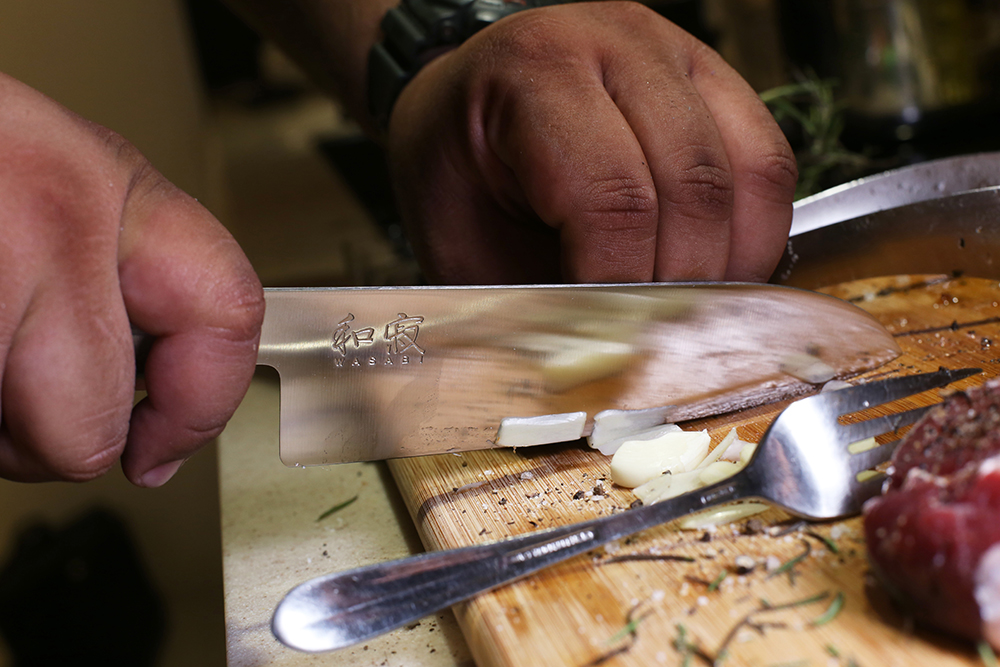

INSTRUCTONS
Before anything else, it is important to prepare the meat as much as possible. To start off, the meat should be at room temperature and dry. It is important for the steak to be dry so that the seasonings you will put to it will not wash away. This also allows the natural juices of the steak to remain after cooking. So to dry the steak, a few pats with a paper towel should do the trick. After it is dry, you can now season it generously with salt and pepper on both sides.
Now that the steak is ready, there are 3 ways you can cook a steak: pan-seared, pan-seared to oven, and reverse-seared.
Pan-seared is the simplest way to cook, without the need for an oven. It starts off by pre-heating the pan on high heat. When it’s ready, pour in the canola oil and what until it is smoking a little bit. Once smoking, sear one side of the steak for around 3 to 4 minutes then flip. Once flipped, add the butter, garlic, rosemary, and thyme. Use the oils from the butter, garlic, and herbs to then baste the steak for the next 3 minutes. If there is any fatty side, don’t forget to cook it as well. Once done cooking, rest the steak on a cutting board or wire rack for at least 10 minutes. Slicing the steak before the resting period will make all the flavors and juices leak out. The results will be a steakthat will have a nice crust and a bull’s-eye effect on the transition to pink, allowing more texture variation.

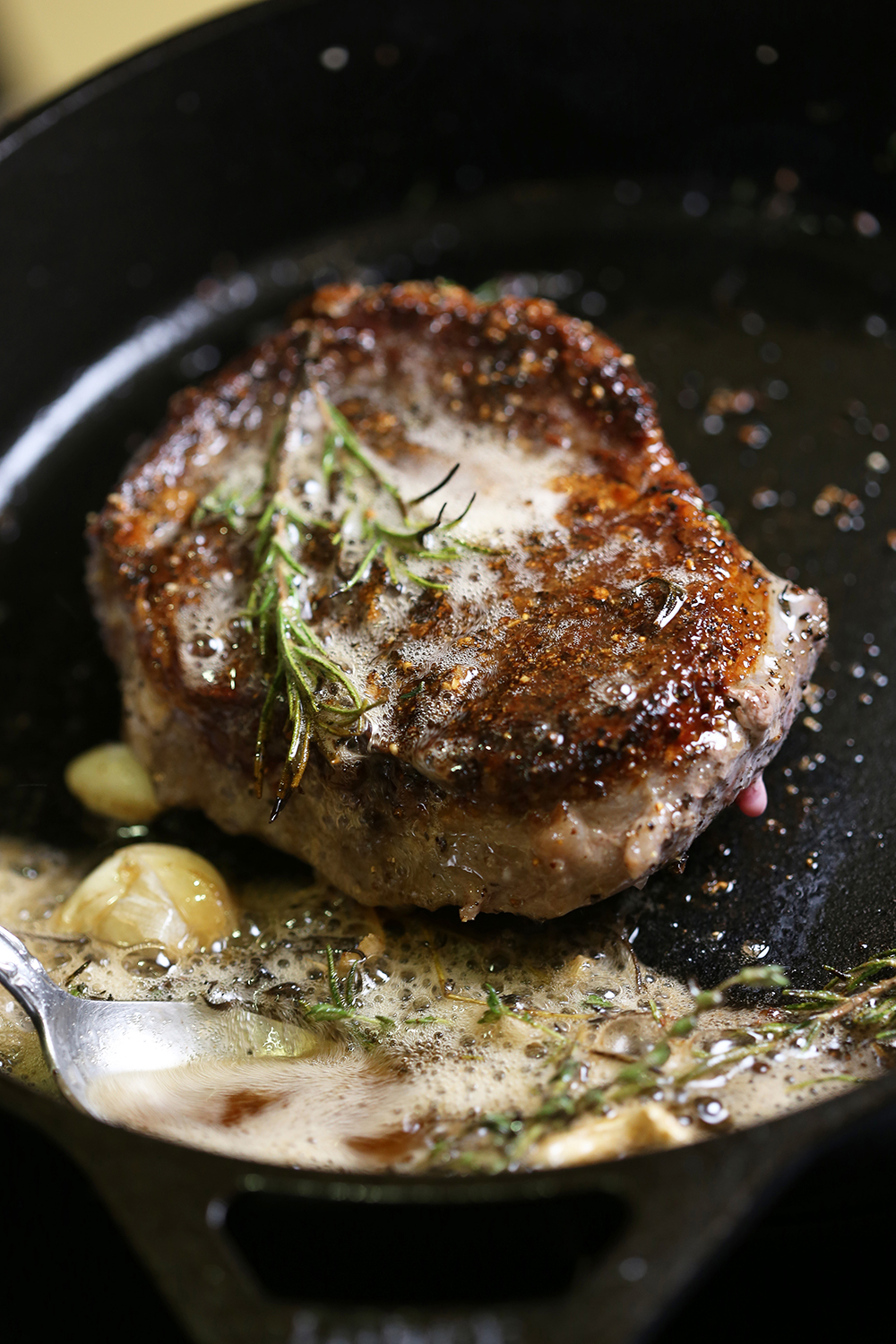
“Whether it is local meat or USDA Prime meat, the way you cook them will determine their end result. The key to cooking a good steaks is preparation, patience, and practice.”
Pan-seared to oven allows a longer time to cook, making the meat cooked more thoroughly and having a softer and gradual texture. This kind of cooking though will require a cast-iron pan, since you will be putting the pan in the oven. It starts with a pre-heated oven to 400˚F/200˚C. On a high-heated cast-iron pan, pour in the canola oil. Once the oil is smoking, sear the first side of the steak for 2-3 minutes. After that, flip the steak and add the butter, garlic, rosemary, and thyme, which you will use to baste the steak for 2 minutes. Flip the steak again to its 1st side and baste the stake for about 15 seconds. Next, put the pan with the steak in the oven for about 5-7 minutes for medium rare. Once that is done, remove the pan from the oven and put the steak on a cutting board or wire rack for it to rest for at least 10 minutes.
Reverse-seared steak is like the best of pan-seared and pan-seared to oven, allowing a more thorough cook without the need of a cast-iron pan. It results with a steak that has a crust while having a smooth transition to pink all throughout the steak. It starts with an oven preheated to 200°F/95°C. Once the oven is ready, put the steak on a wire rack on top of a baking sheet, then let it bake for around 45 minutes or until the internal temperature is 125°F/52˚C for medium-rare. On a high heat pan, pour in the canola oil. Once smoking a little bit, sear one side of the steak for around a minute then flip. Once flipped, add the butter, garlic, rosemary, and thyme. Use the oils from the butter, garlic, and herbs to then baste the steak for the next minute. If there is any fatty side, don’t forget to cook it as well. Once done cooking, rest the steak on a cutting board or wire rack for at least 10 minutes.
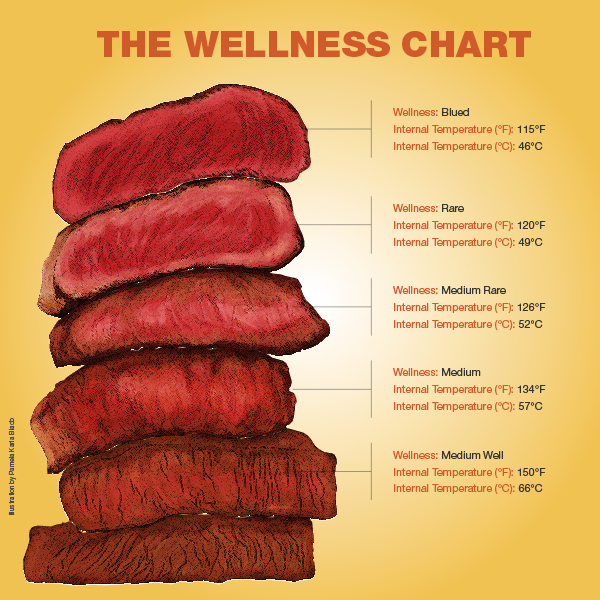
CONCLUSION
Whichever way you cook it, the results should be a nice steak that you can enjoy. I would advise to not put any sauce or gravy on it and to enjoy the flavors and juices a good steak has to offer. Instead, try pairing it with a good siding like mashed potatoes or a light pasta to complement both the flavors and textures.
If there is one thing we observed when cooking and eating different steaks in different styles side by side, it is that good meat doesn’t guarantee a nice steak dinner and local meat doesn’t mean you can’t prepare a very scrumptious steak. Whether it is local meat or USDA Prime meat, the way you cook them will determine their end result. The key to cooking a good steaks is preparation, patience, and practice.
KITCHENWORKS:
Outfitting The Chef in You
Just like a great musician can release his full potential with a great instrument, a chief can do just the same even with a great knife.
At Kitchenworks, they make sure it isn’t only a knife that you get the best of. They have everything you need to complete a kitchen worthy of a restaurant chef by carrying high quality kitchenware from different parts of the globe. We would know because we cooked at their shop!
FOR INQUIRIES:
Kitchenworks Shangri-La Plaza
L/G East Wing, Shangri-La Plaza, EDSA corner Shaw Blvd, Mandaluyong City
Mobile: (+632) 654-1302


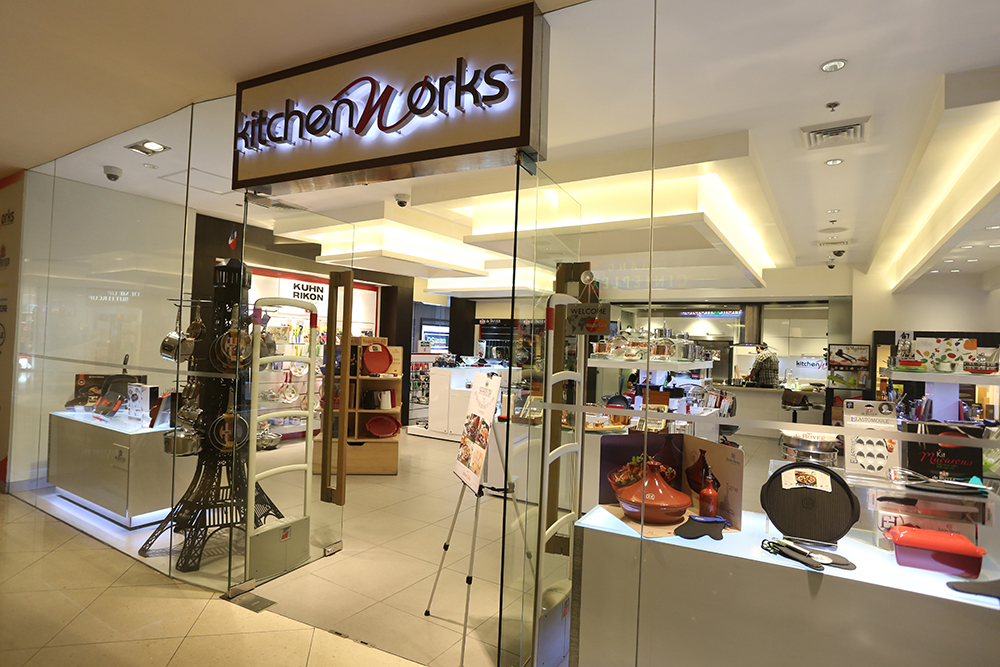
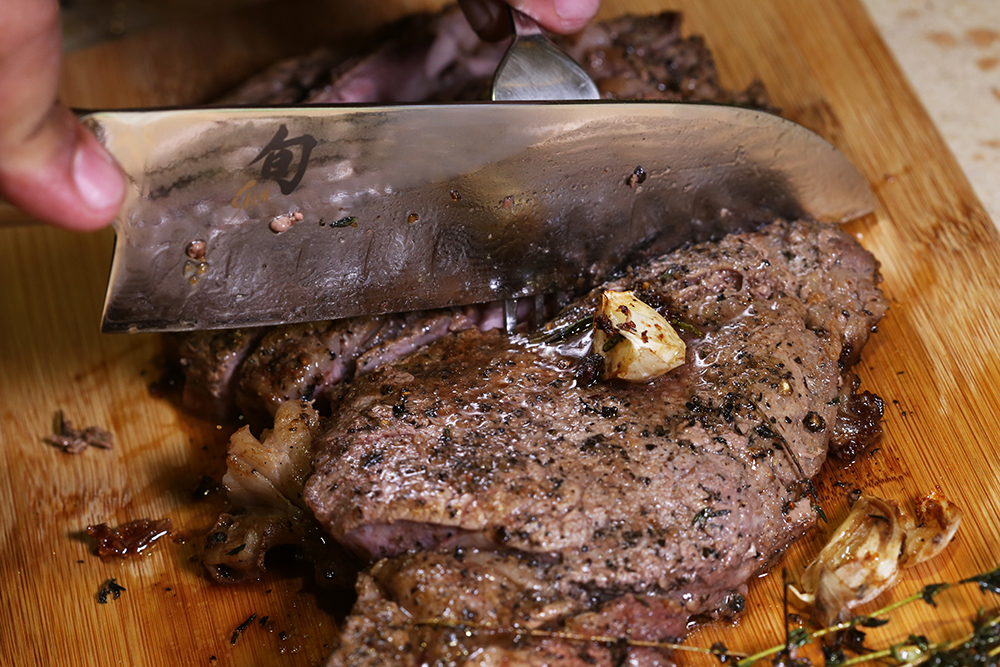
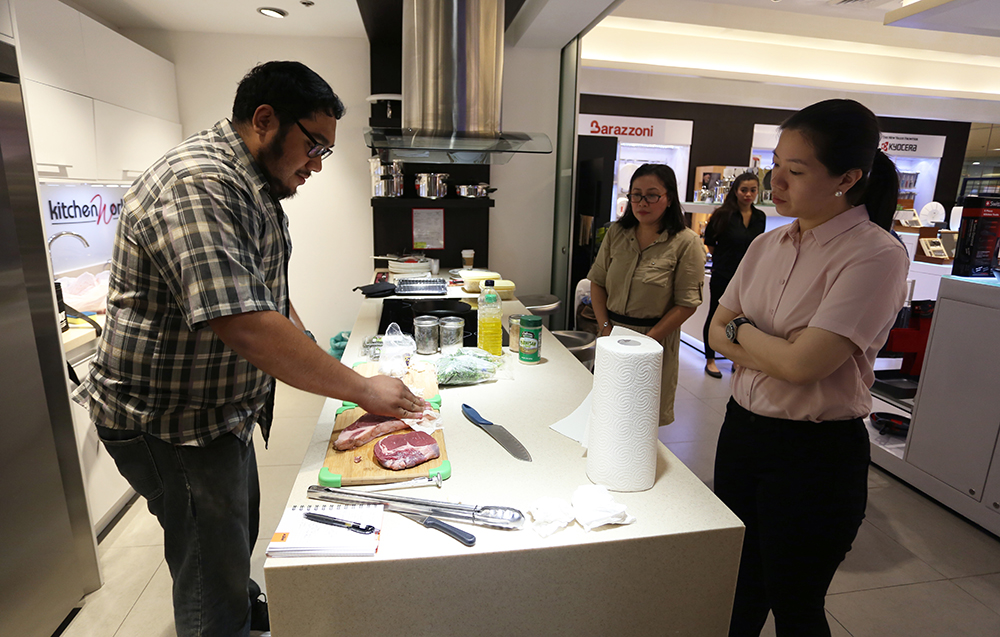


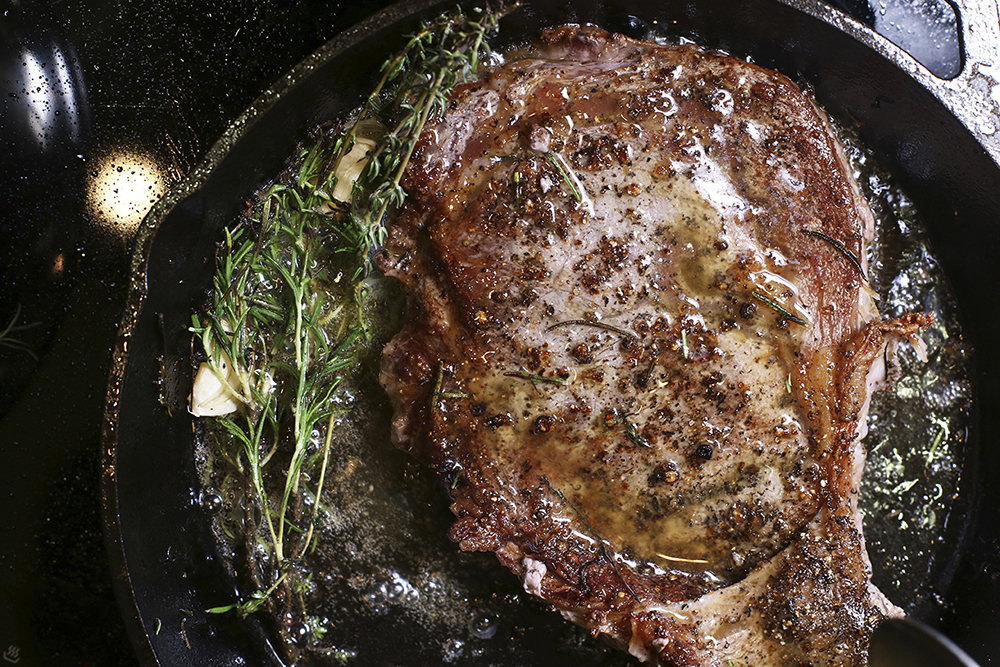
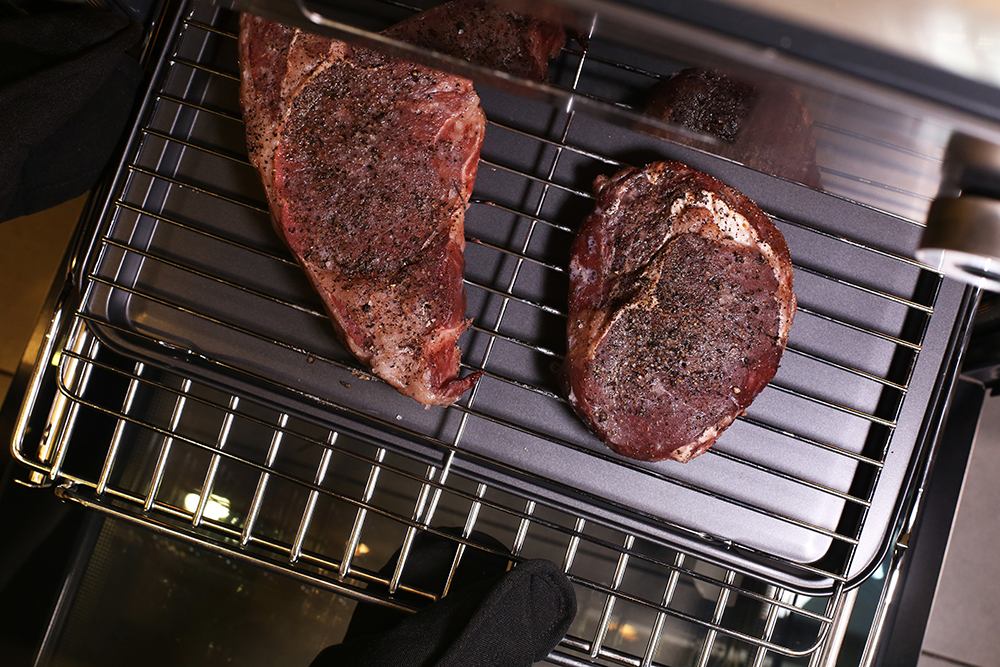
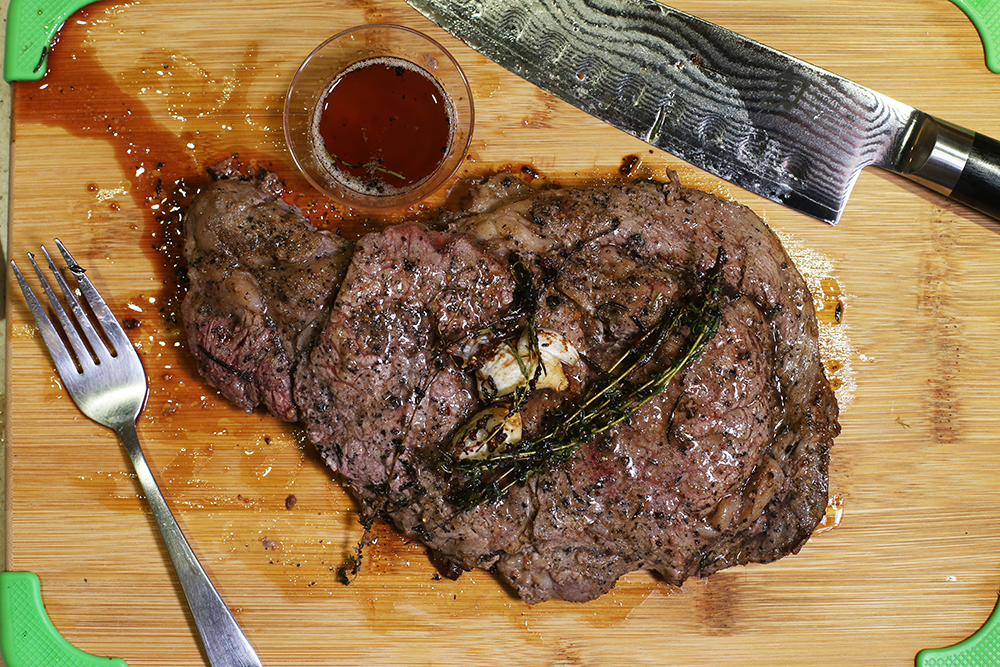



Follow Us